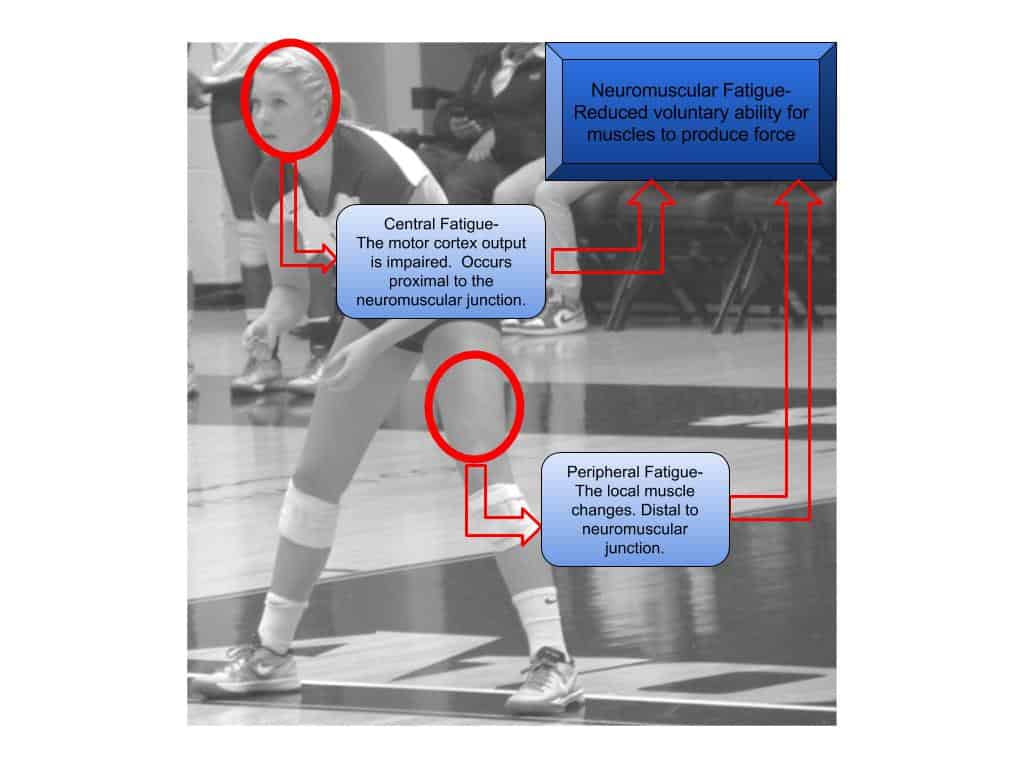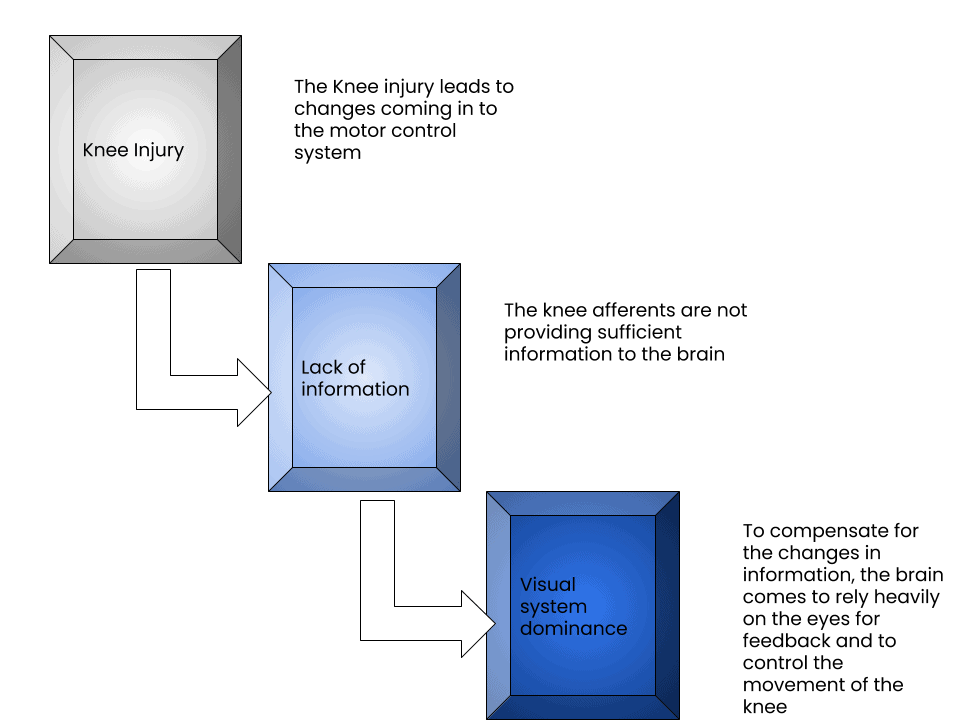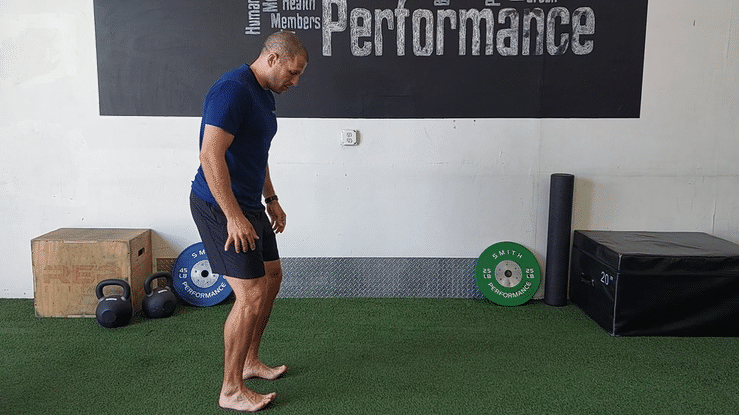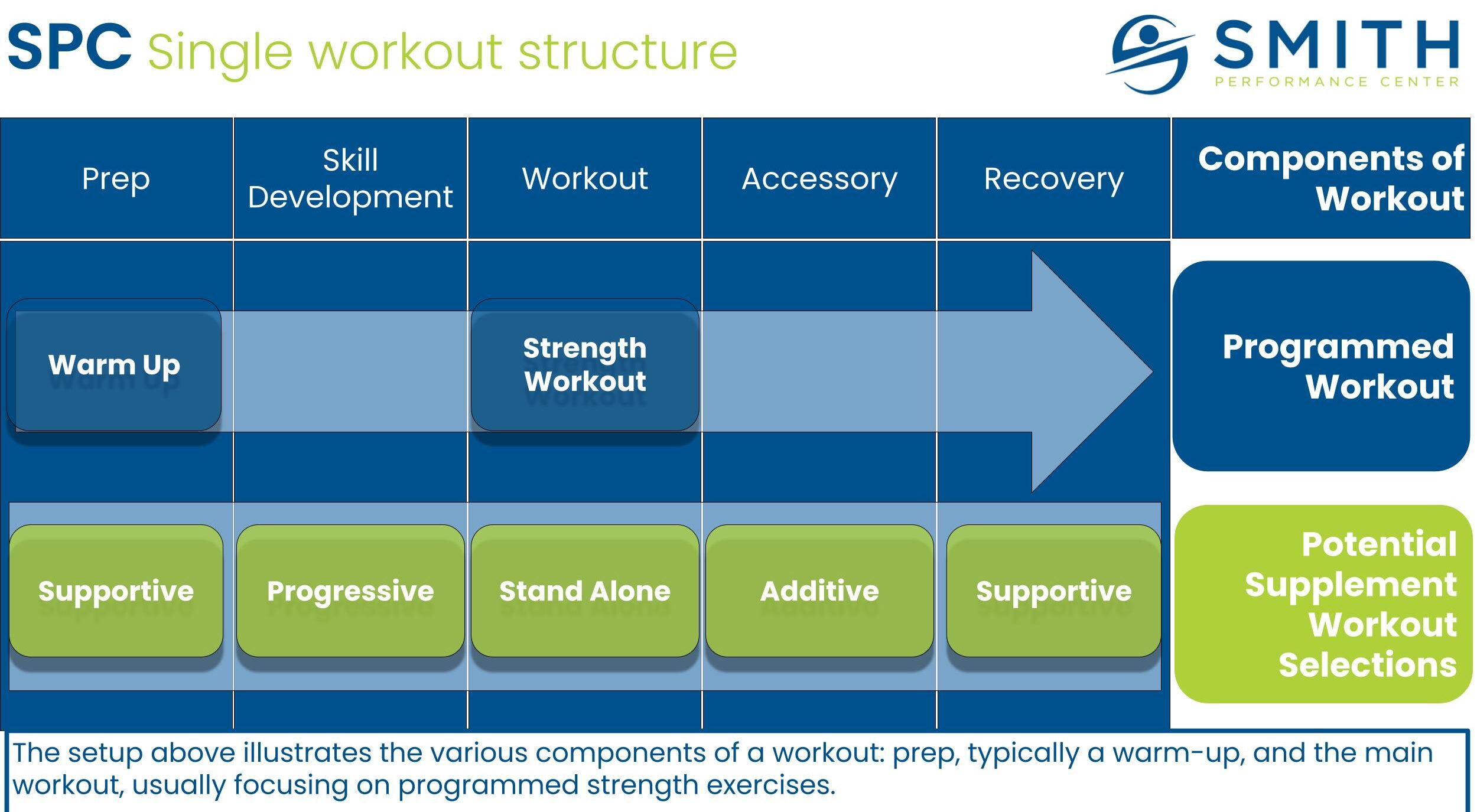
Factors to Consider After Knee Injury
Returning to Activity, Physical Therapy, and Neuromuscular Fatigue Neuromuscular fatigue has been implicated as a significant problem for individuals returning to sport following an anterior cruciate ligament (ACL) injury and reconstruction. Due to the high rate of re-injury in those that have had an ACL reconstruction, one hypothesis is that neuromuscular fatigue will negatively impact strength performance, postural stability (single leg balance), and biomechanics during jumping and landing. It blows my mind that a female athlete with an ACL tear is 16 times more likely than a healthy female athlete to tear an ACL again. The interplay between a previous injury, the resulting changes to the input to the brain, modified motor planning, and re-injury is an interesting development in research. Today I wanted to dive a little more into fatigue, its impact on biomechanics, and how physical therapy and strength training can start to augment the problem. There





